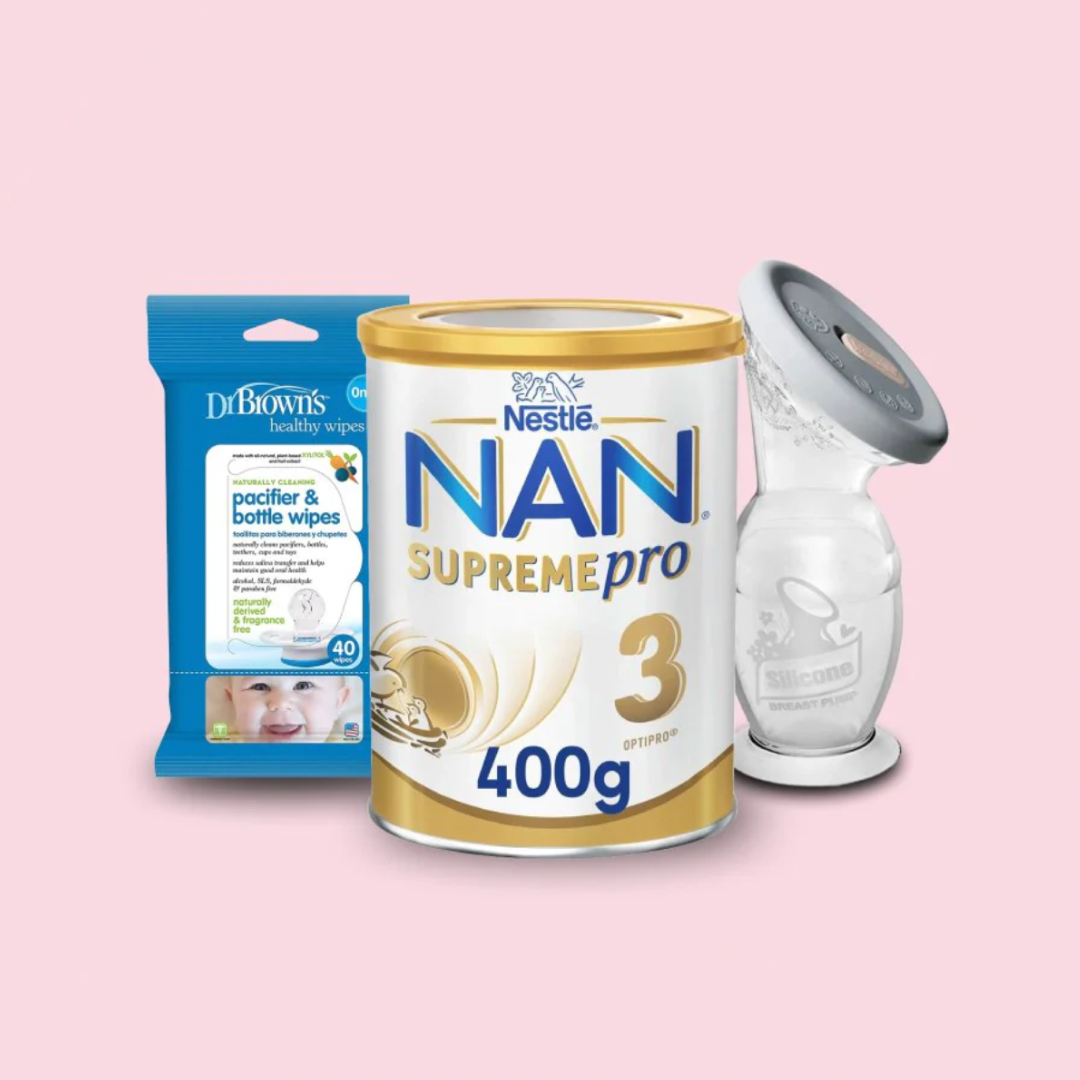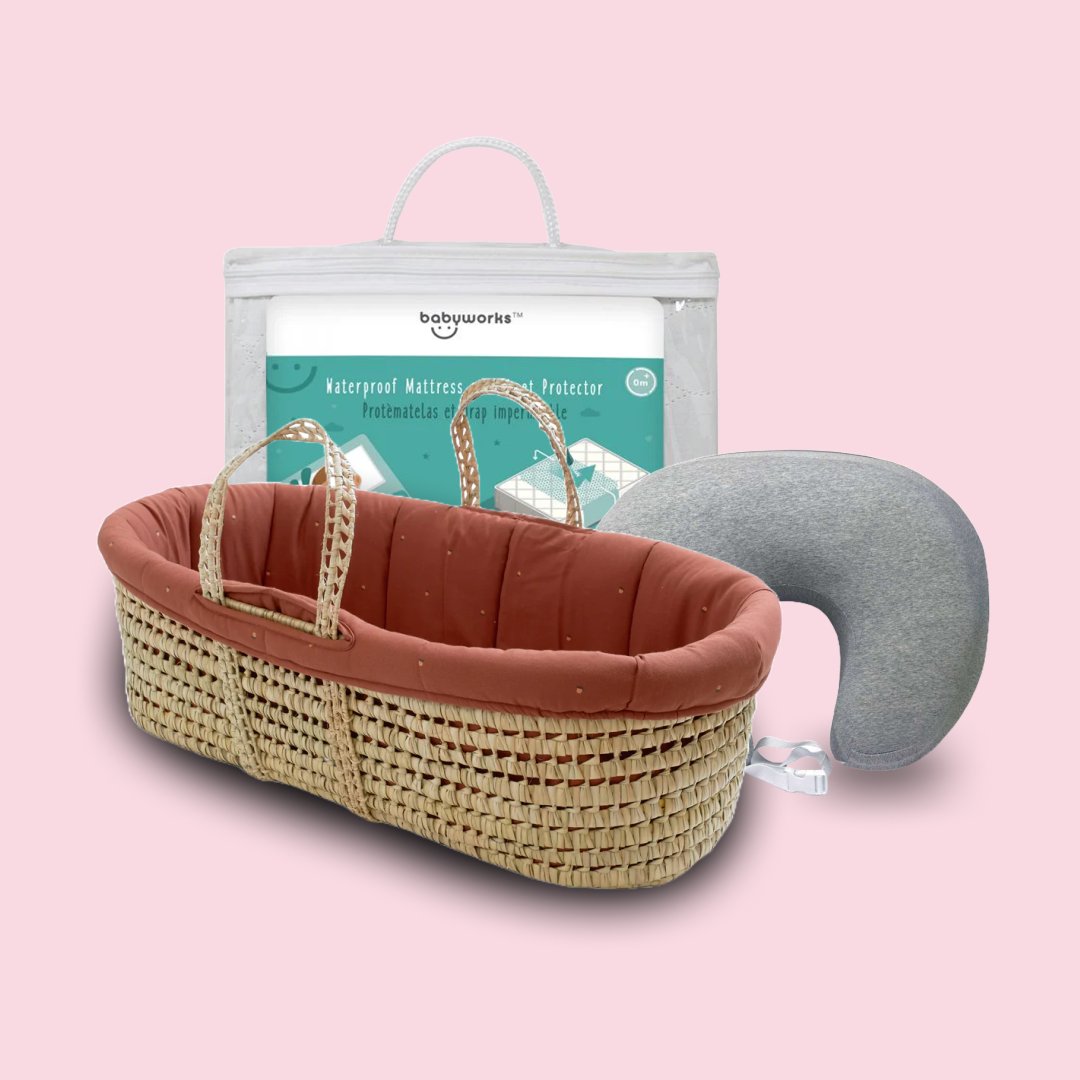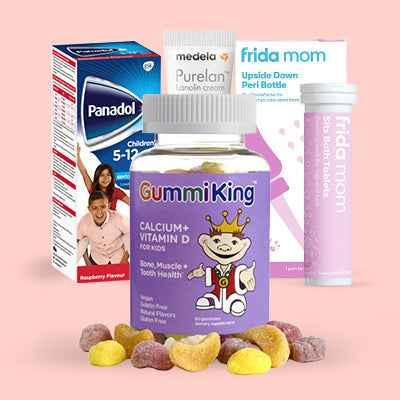
كل شيء عن علامات التمدد أثناء الحمل وبعده
التعامل مع علامات تمدد الحمل
علامات تمدد الحمل هي نتيجة طبيعية لتمدد جلدكِ بما يُناسب نمو طفلكِ ورحمكِ. مع أن هذه العلامات لا تُصيب الجميع، إلا أنها عادةً ما تتلاشى مع مرور الوقت إذا ظهرت. اعتبريها تذكيرًا لطيفًا برحلتكِ الثمينة نحو الأمومة، تُبرز التحول المذهل الذي يمر به جسمكِ. تابعي القراءة لاستكشاف جميع جوانب علامات تمدد الحمل، من أصولها إلى نصائح عملية لتهدئة بشرتكِ أثناء تمددها لرعاية طفلكِ.
فهم علامات تمدد الحمل
تُصيب علامات تمدد الحمل، المعروفة علميًا باسم "الخطوط الحملية"، أكثر من 50% من النساء الحوامل. ورغم ارتباطها عادةً بالحمل، إلا أنها قد تظهر أيضًا عند تمدد الجلد بسرعة، بغض النظر عن حالة الحمل. وغالبًا ما تظهر على شكل خطوط وردية أو حمراء أو أرجوانية أو بنية، وتختلف باختلاف لون البشرة.
خلال فترة الحمل، قد تظهر علامات التمدد في مناطق مختلفة من الجسم، بما في ذلك البطن والثديين والأرداف والفخذين والوركين والذراعين. ومع تلاشيها مع مرور الوقت، قد يتحول لونها إلى الفضي أو الأبيض، أو العكس.
ظهور وأسباب علامات تمدد الحمل
عادةً ما تظهر علامات التمدد خلال النصف الثاني من الحمل، بالتزامن مع تسارع نمو الجنين وزيادة الضغط على الجلد. قد تلاحظها بعض النساء في الثلث الثاني من الحمل، بينما قد يلاحظها البعض الآخر مع نهاية الثلث الثالث. مع ذلك، من الضروري إدراك أن علامات التمدد لا تظهر لدى جميع النساء أثناء الحمل.
تظهر هذه العلامات بشكل رئيسي نتيجة تمدد الجلد لاستيعاب نمو الجنين، بالإضافة إلى التقلبات الهرمونية. وخلافًا للاعتقاد الشائع، لا تُعزى هذه العلامات إلى زيادة الوزن فحسب، بل إلى تمدد الجلد نتيجةً للتغيرات الهرمونية. فالهرمونات، مثل الكورتيزول، التي ترتفع مستوياتها أثناء الحمل، تُضعف ألياف الجلد المرنة، مما يُهيئها لعلامات التمدد. كما يلعب الاستعداد الوراثي دورًا في ذلك، حيث يكون الأشخاص المعرضون لعلامات التمدد خلال فترات النمو السريع، أو أولئك الذين لديهم تاريخ عائلي للإصابة، أكثر عرضة لها.
الوقاية من علامات تمدد الحمل وإدارتها
على الرغم من أنه من المستحيل منع علامات التمدد تمامًا، إلا أن بعض التدابير قد تخفف من خطرها وتخفف من ظهورها:
- ترطيب البشرة: ضعي المستحضر أو الكريم بانتظام للحفاظ على ترطيب البشرة وتخفيف الحكة، وهي أحد أعراض الحمل الشائعة.
- الترطيب: حافظ على مستويات الترطيب المثالية من خلال شرب الكثير من الماء، مما يعزز ليونة البشرة وقدرتها على الصمود.
- الاعتبارات الغذائية: اتبع نظامًا غذائيًا متوازنًا غنيًا بالعناصر الغذائية الأساسية، بما في ذلك الزنك والبروتين والفيتامينات A وC وD، التي تعزز صحة الجلد.
- الاعتدال في تناول الكافيين: الحد من تناول الكافيين، حيث أن الإفراط في تناوله قد يزيد من احتمالية ظهور علامات التمدد.
- التدخل المبكر: البدء في اتخاذ التدابير الوقائية قبل حدوث توسع كبير في البطن والاستمرار فيها طوال فترة الحمل للحصول على أفضل النتائج.
فهم عوامل الخطر
قد تؤدي بعض العوامل إلى زيادة احتمالية ظهور علامات تمدد الحمل، بما في ذلك:
- سن أصغر عند بدء الحمل
- زيادة الوزن السريعة أثناء الحمل
- استخدام الكورتيكوستيرويدات
- وجود اضطرابات وراثية مثل متلازمة كوشينغ أو متلازمة مارفان.
قد يكون الأفراد الذين يندرجون ضمن هذه الفئات أكثر عرضة لخطر ظهور علامات التمدد أثناء الحمل.
في الختام، مع أن علامات تمدد الحمل أمر شائع، إلا أن تقبّلها كجزء من رحلة الأمومة المميزة يمكن أن يعزز قبول الذات وتقدير مرونة الجسم. من خلال فهم أسبابها، وتطبيق التدابير الوقائية، والسعي للتدخل في الوقت المناسب عند الضرورة، يمكن للحوامل التعامل مع هذا الجانب من الحمل بثقة وهدوء.










